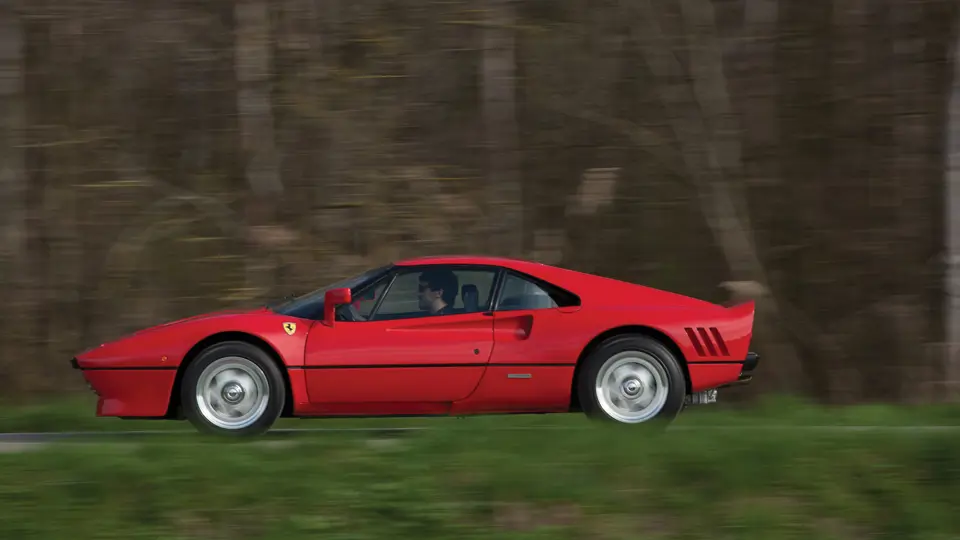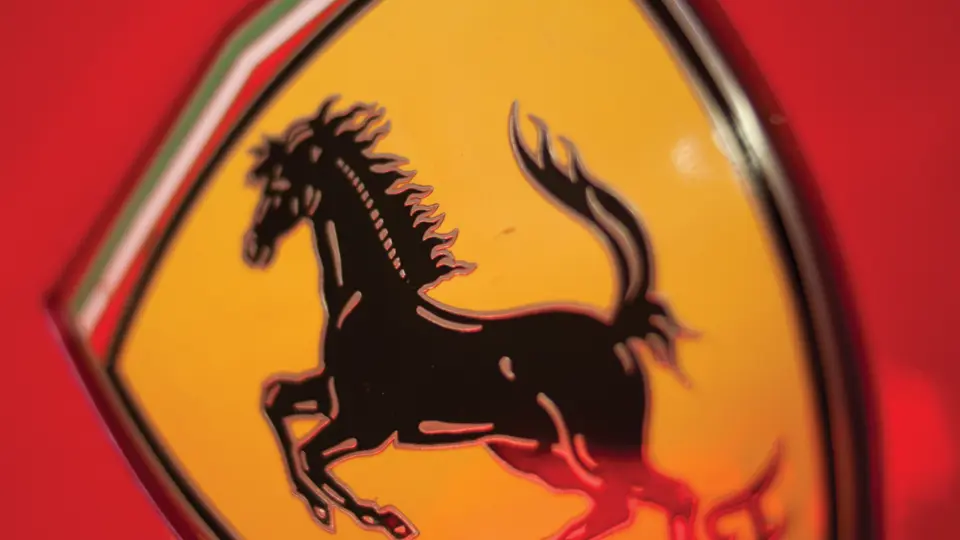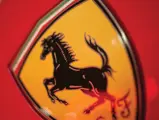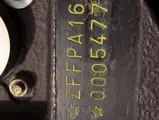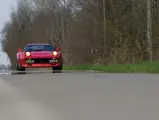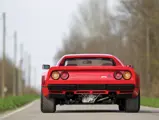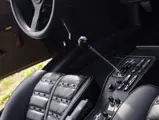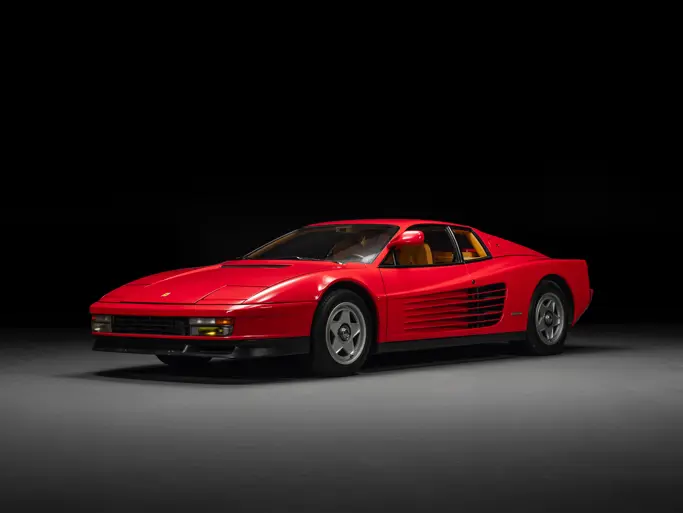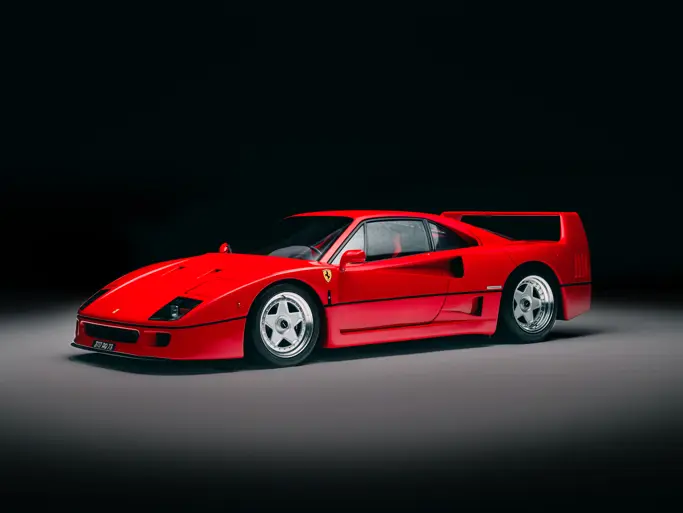400 bhp, 2,855 cc mid-mounted V-8 engine with dual overhead-camshafts, four valves per cylinder, twin IHI turbochargers, Behr intercoolers and Weber-Marelli electronic fuel injection, five-speed manual gearbox in rear transaxle, four-wheel independent suspension, and four-wheel ventilated disc brakes. Wheelbase: 2,450 mm (96.4 in.)
Before the Enzo, and before the F40, there was the 288 GTO, Ferrari’s original smiling gift to its best customers and devoted connoisseurs. It was born from the FIA Group B race and rally homologation regulations introduced for 1984, meaning that, like so many great racing cars through time, it was built for the public largely so that racing versions could take to the track. The result was a supercar without compromises.
Built on a sturdy tubular steel chassis, it boasted a wheelbase longer than the production 308 GTB, and it rode on four-wheel independent suspension. The new Tipo F114B mid-mounted V-8 was installed longitudinally, rather than transversely, and produced 400 horsepower through four valves per cylinder, Weber-Marelli electronic fuel injection, twin IHI turbochargers, and dual Behr intercoolers.
The doors, boot, and bonnet were lightweight aluminium, whilst GRP and carbon compound formed the balance of the bodywork—a taste of the carbon fibre to come. The design itself may have superficially resembled the 308 GTB, but it boasted aggressive flared wheel arches to accommodate eight-inch front and 10-inch rear wheels. Larger spoilers were also fitted fore and aft, the result of extensive wind tunnel testing. The rear wings had three cooling slots behind the wheel, a fitting tribute to the original gran turismo omologato Ferrari, the 250 GTO.
In the performance-starved 1980s, a top speed of 304 km/h (189 mph) made the 288 GTO a veritable rocket ship for the road. Yet, it was also quite comfortable, with leather-upholstered seats; optional air-conditioning, electric windows, and AM/FM radio/cassette; and a dashboard filled with a 10,000-rpm tachometer, a turbo boost gauge, oil temperature and pressure gauges, and a water temperature gauge, matching the 288 GTO’s level of technical sophistication.
All of this made the 288 GTO a fiercely desirable commodity, sought after by virtually every man and woman who had ever rode a Prancing Horse, and dreamed of by everyone who hoped to someday have the opportunity. With only 270 built, it remains no less sought after today, by both the European enthusiasts who may have missed out on it originally and the American enthusiasts to whom it was not originally offered.
The fine example offered here is pure performance, built with manual windows and no air conditioning, and it was originally delivered by noted French importers Charles Pozzi SA, of Paris, to the south of France, a serene location for a decidedly un-serene automobile. Original owner Jean-Jacques Maly, of Mondragon, retained the car for nine years before selling it to Jean Guikas, of Marceilles, with 27,300 kilometres showing. It was later displayed at the car museum in Mougins and at the Salon du Coupé et du Cabriolet & CIA Pantin in Paris in March 1997. Following mechanical work performed in 2003 and importation to Italy in 2005, it was acquired by its present French caretakers in August 2007, who have continued to have the car properly maintained and serviced. Now showing 34,960 kilometres from new, it has been Ferrari Classiche certified, a testament to its quality and excellence, and is proudly offered in its country of origin.
Some of the world’s original “supercars” have had their lustre dulled by time. The 288 GTO, the Ferrari supercar from which all others after were born, is different. It has survived the passing years as something still as advanced and exciting as the day that it was built, and in doing so, it has truly captured the spirit of its thrilling racing forefather…as well as its speed.

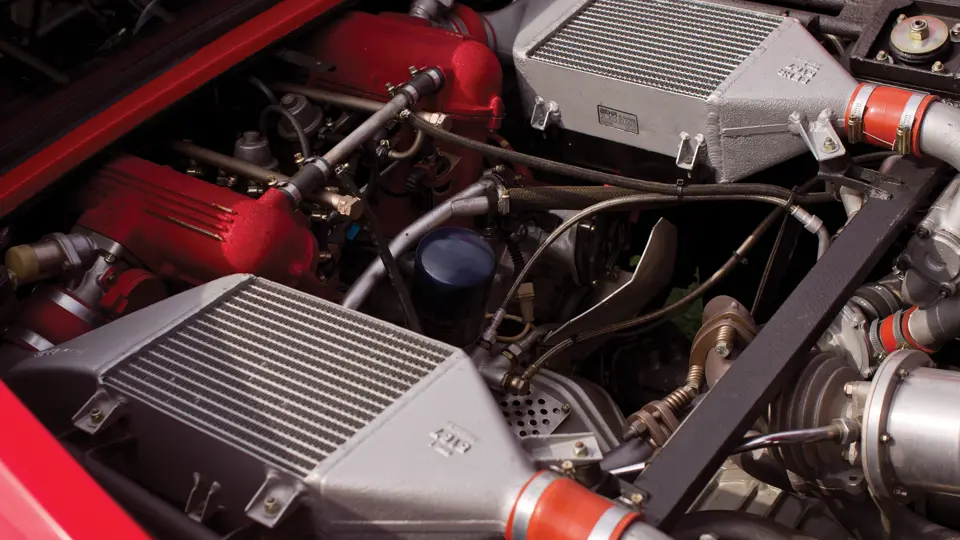



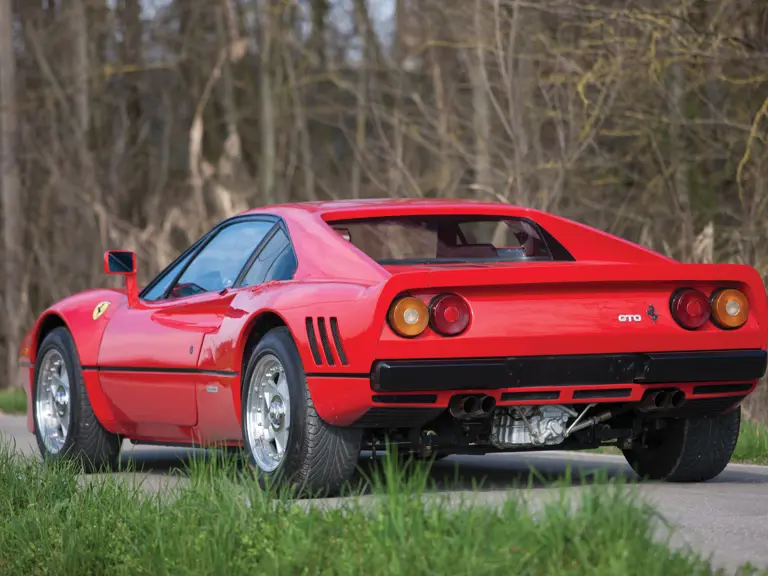

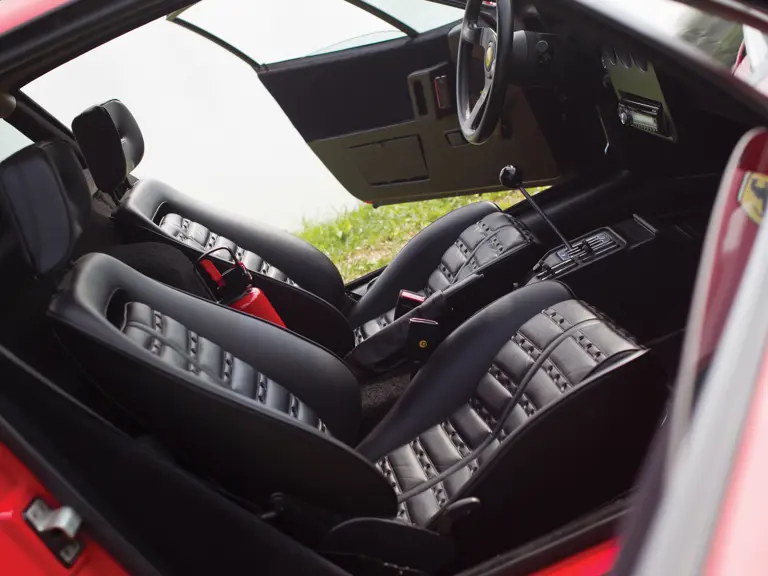
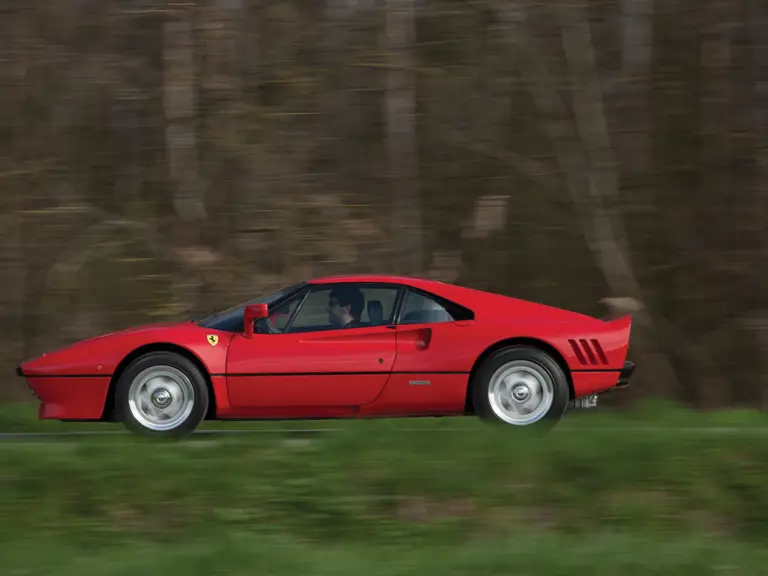
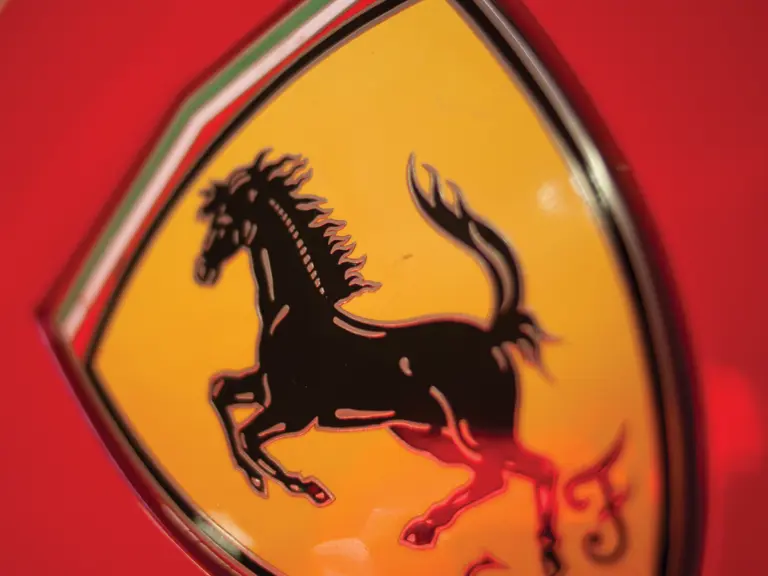
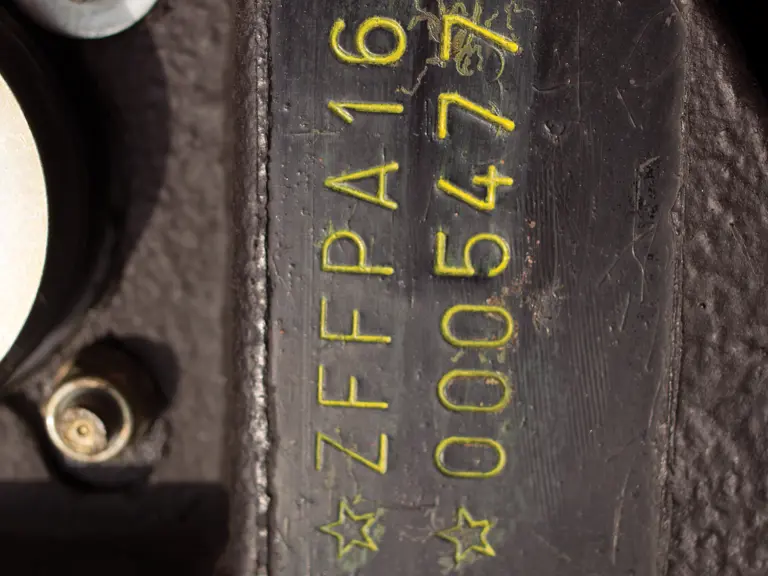



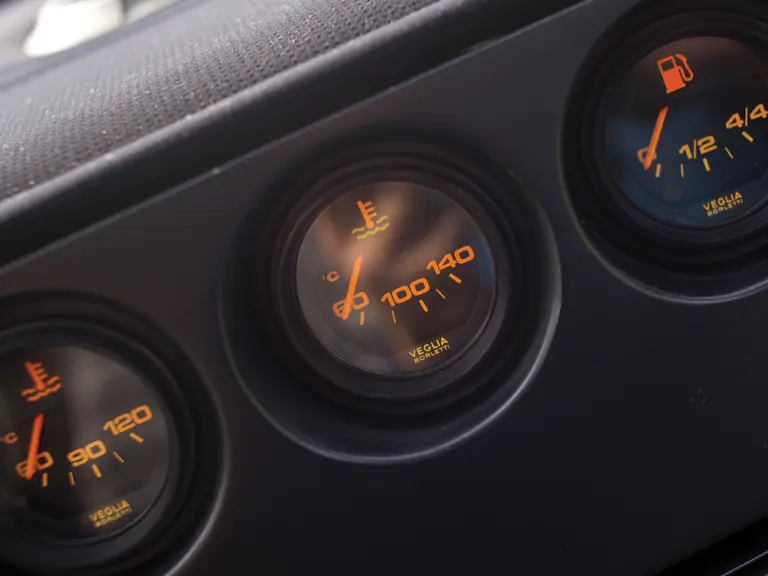

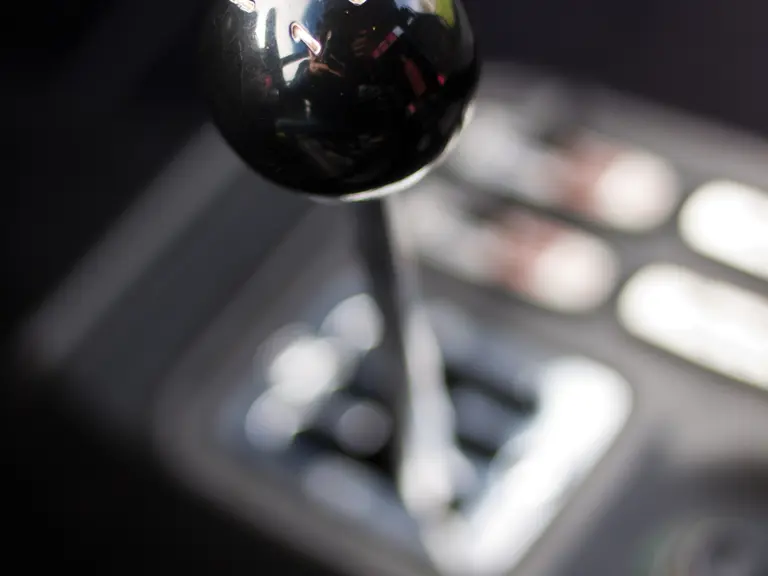

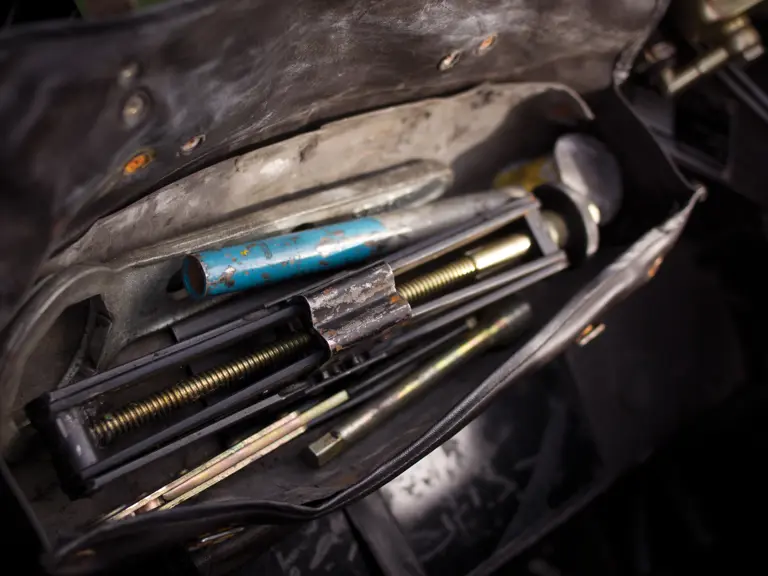


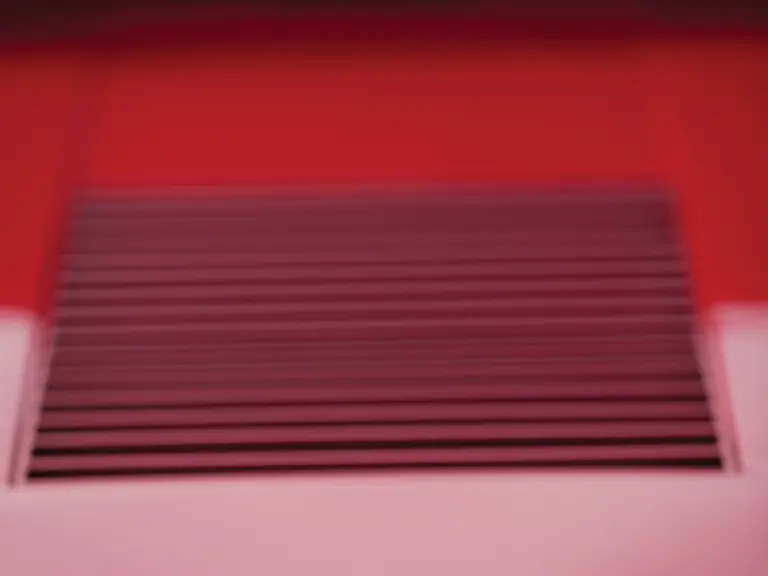
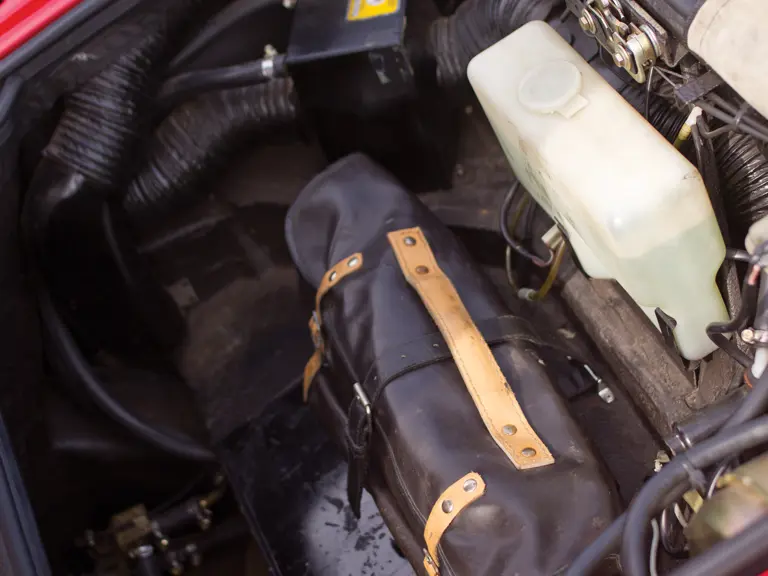
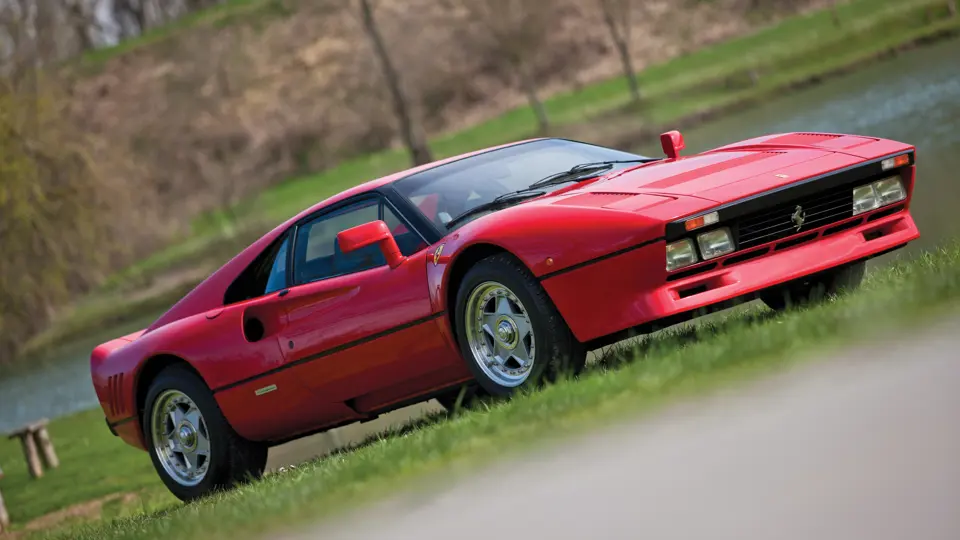
 | Cernobbio, Italy
| Cernobbio, Italy
